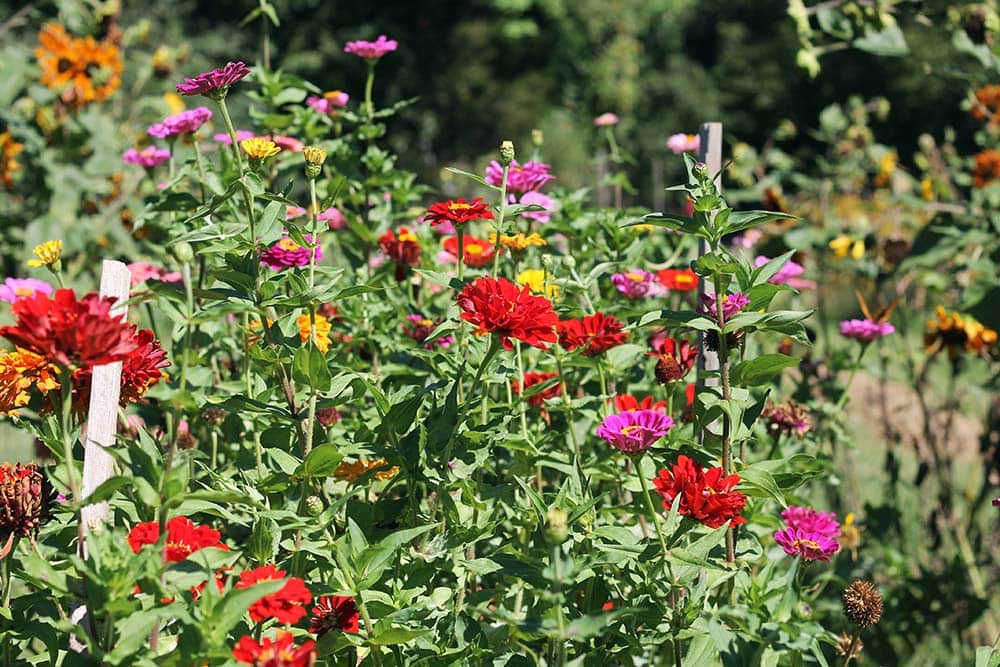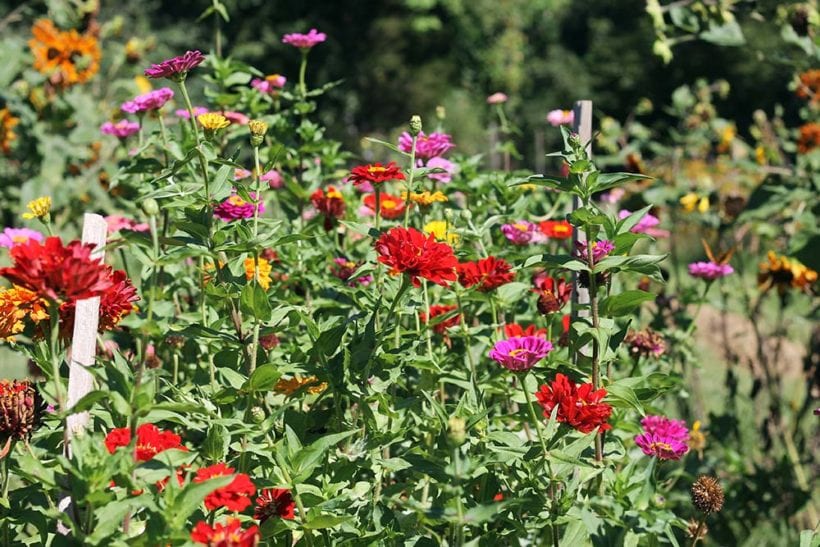4 ways to make your backyard more sustainable this spring
Turf grass is sometimes referred to as “green desert” because it is a monoculture that contributes very little to our ecosystems. How can we better use these spaces to benefit the local environment?

1) Plant a tree
Not only do trees produce oxygen and sequester carbon dioxide from our atmosphere, but they also help improve local biodiversity by providing food and shelter to local wildlife. A few native trees to our region that are beneficial to wildlife, and will also bring some color in the fall or spring include:
- White oak (Quercus alba)
- Sugar maple (Acer saccharum)
- Flowering dogwood (Benthamidia florida – formerly Cornus florida).
2) Grow a pollinator garden
These gardens feature plants that provide food and habitat resources to hummingbirds, butterflies, moths, bees, and more. You should however make sure that the plants you purchase are native to your area, as these plants have co-evolved with local pollinators and require less water and fertilizer.
To learn more about pollinator gardening, come to the Backyard Sustainability Workshop at Teatown on April 14 (details to come) and at the Teatown PlantFest (May 11 & 12).
3) Plant a food garden
The amount of energy and water that it takes to get vegetables to our tables is staggering. A great way to get delicious, organic, inexpensive produce is to grow it yourself! Starting a backyard plot doesn’t take too much time, and it’s very gratifying work.
For a guide on starting your own backyard garden plot, click here.
4) Create an oasis for wildlife
Making your backyard a beautiful place that attracts native wildlife can be easier than you may think. Creating an oasis is as simple as providing food, water, cover, and a place where animals can raise their young. To learn more about creating your own backyard oasis, click here.


